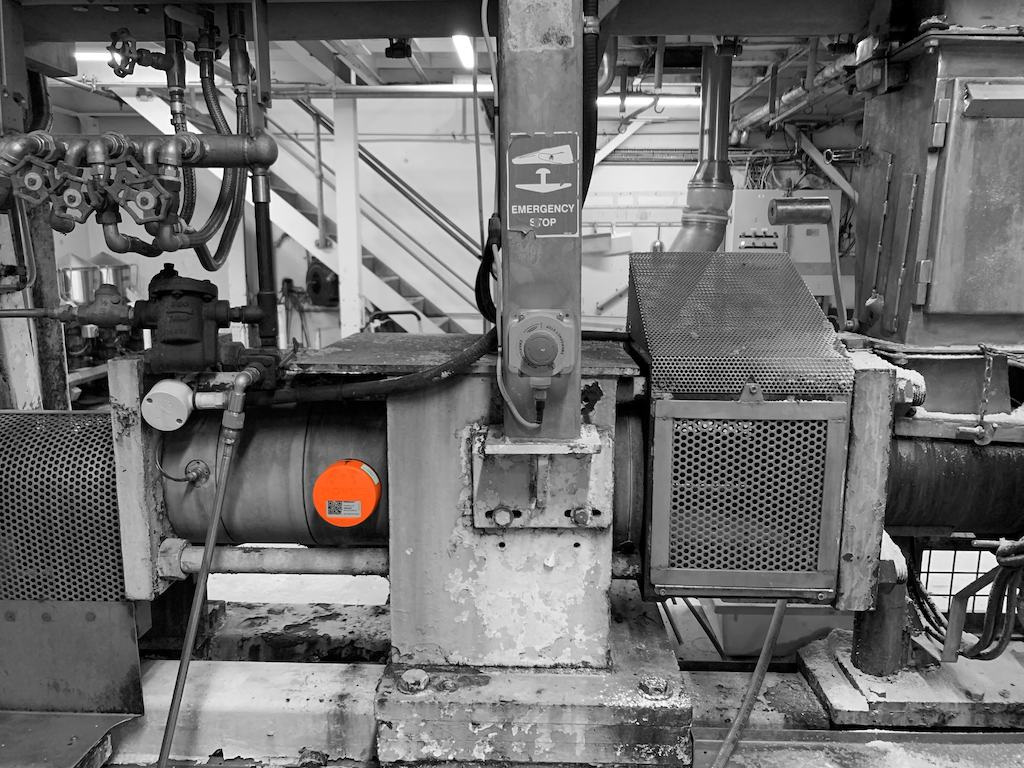CBM Benefits: A Brief Refresher

Condition Based Maintenance (CBM) is a very approachable methodology that can unlock massive potential for organisations. It's not just maintenance teams who benefit either - their are operational benefits too. There is a reduced risk of assets failing when needed and costs are significantly decreased leading to more money for other projects and more.
This week we're taking a brief look at the different ways CBM can positively impact organisations.
Safety On-Site
We have to start with the safety benefits that CBM puts front and centre. Thanks to minimised inspection requirements on assets that are working perfectly, maintenance teams are less likely to enter dangerous environments and/or undertake risky tasks. Just think about it - the rigmarole of preparing to undertake dangerous tasks in hazardous environments very time-consuming. So there's one quick-win already. Plus, when there is less opportunity for incidents to cause harm to staff there are reduced costs, reduced emotional stress and greater availability of key personnel.
Greater Maintenance Planning Foresight
CBM affords maintenance planners an increased ability to schedule downtime when it is most effective and least disruptive to operations. Real-time condition data from equipment, and visibility of historical patterns, means maintenance work can be scheduled for times when operations don't require the asset.
Making the necessary arrangements to prepare replacement equipment ahead of downtime and to mothball assets as soon as they are not required. This facilitation of optimal flow between maintenance requirements and asset preparation, along with visibility of equipment data, is a Lean dream.
Minimise Time Spent on Maintenance
Speaking of Lean and 'flow', a well oiled CBM machine inherently eliminates waste. Mainly, it eliminates the dreaded wastes of rework, overprocessing, and time. Maintenance teams can make the most of their time and efforts by focusing on inspection and repairs of equipment that actually needs support. Of course, to do this effectively, organisations must pair CBM with real-time condition monitoring approach.
Without real-time data, you cannot get a true picture of equipment condition at all times, or at scale.
Once organisations deploy real-time solutions, they find that there is a long-term impact to the bottom line thanks to reduced labour costs, repairs, energy usage and more. And on that note...
Decrease Costs & Increase Energy Efficiency
A direct link has been identified between maintenance processes, energy usage, and their financial impacts.
When machines aren't running in their optimal state they use more energy to maintain their output. It's well known that energy is one of the biggest variable costs to a business. So optimal energy usage should always be the goal.
Studies have found that popular maintenance processes like run-to-failure and preventative maintenance are less efficient and often end up costing more in both dollars and impact on the environment.
Here's an example:
Electric Power Research Institute (EPRI) calculated comparative maintenance costs for different maintenance techniques in U.S. dollars per horsepower (HP) per year. Traditional, scheduled maintenance strategies were the most expensive to run at $24 per HP. A reactive maintenance (run-to-failure) strategy was second most costly at $17 per HP. However, we mustn't forget the added cost of compromised safety when running machines to breaking point.
Predictive maintenance strategies were the most cost-effective (almost 2/3 cheaper than traditional maintenance) at only $9 per HP.
Implementing CBM and associated technologies are a key stepping stone to the PdM utopia, and have an immediate, positive impact on the bottom line.
Extend Asset Lifecycles
We can't discuss condition based maintenance without a note on how it lengthens the useful life of an asset. After all, it's a basic premise: keep your equipment running efficiently and you limit the compounding damage of inefficient operation.
And when your assets run longer, replacement and energy costs are reduced. Plus, assets are more available for operations teams - and equipment utilisation is an often overlooked growth lever for organisations. The extra capital you save or gain through longer lasting machines can be used to purchase more equipment when necessary or put towards other areas of the business that require support.
FitMachine can gives you the live insights you need to eliminate costly waste in your process and implement an effective CBM approach. Book a demo today.

